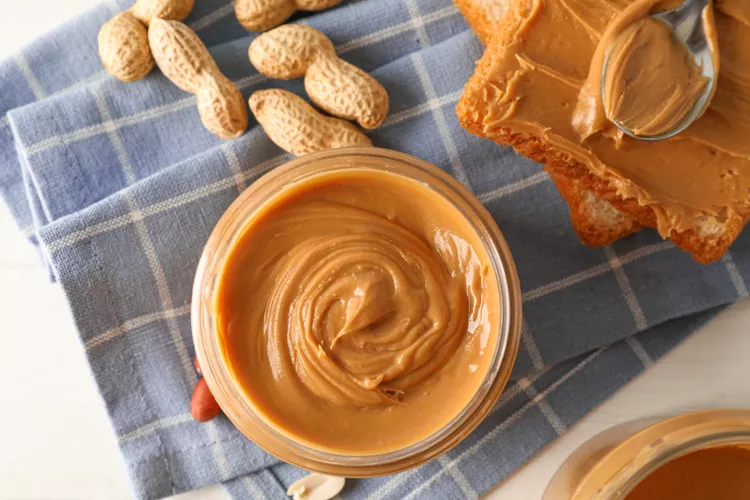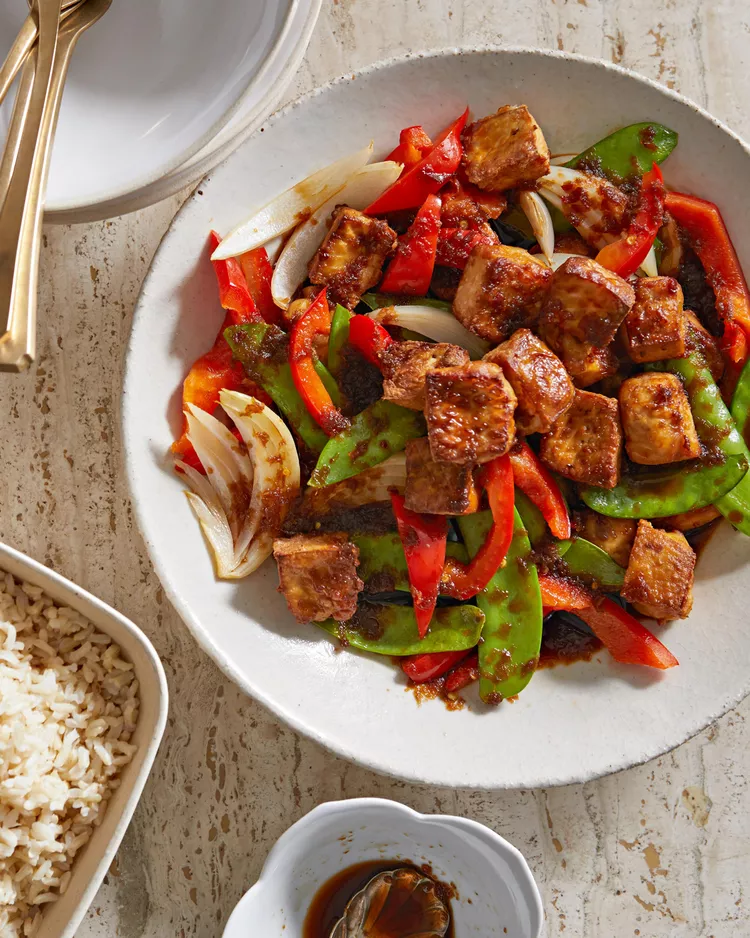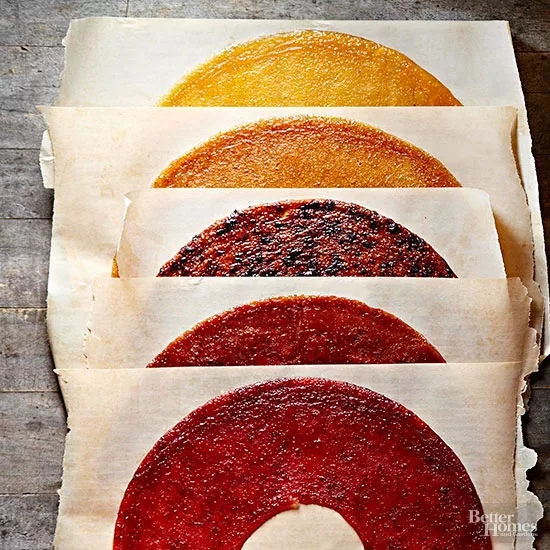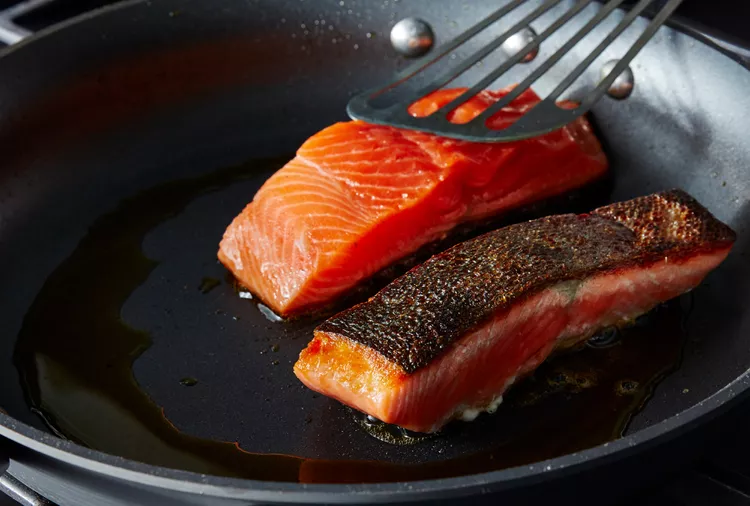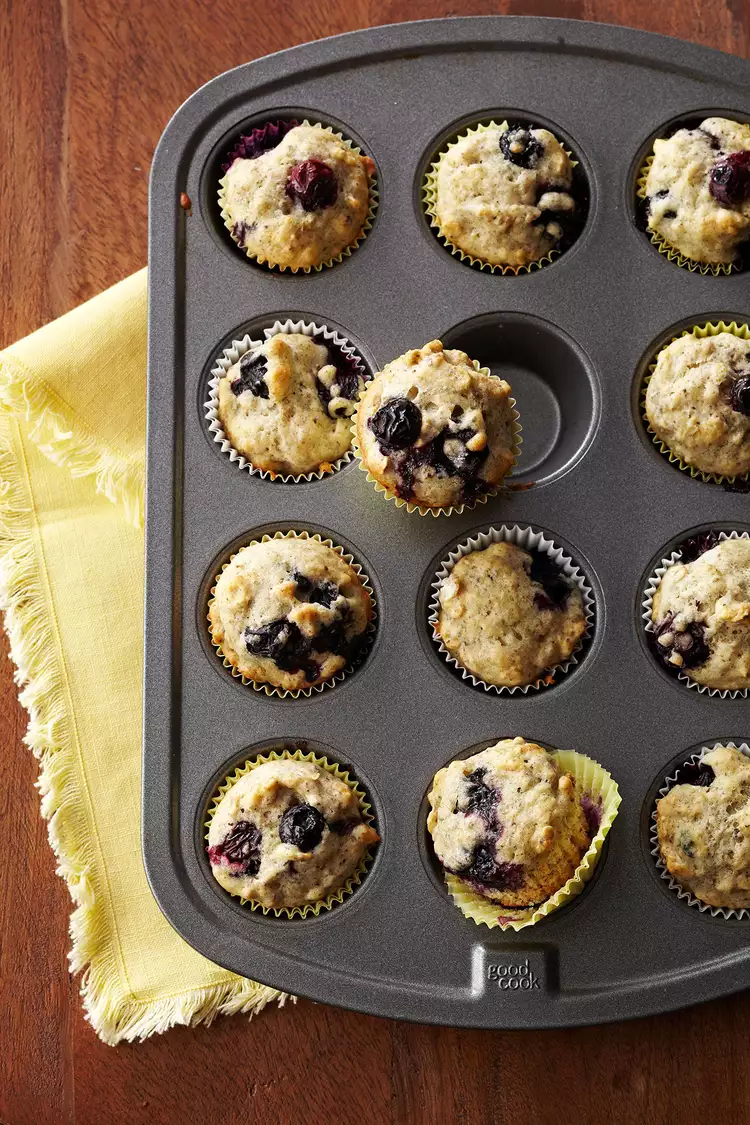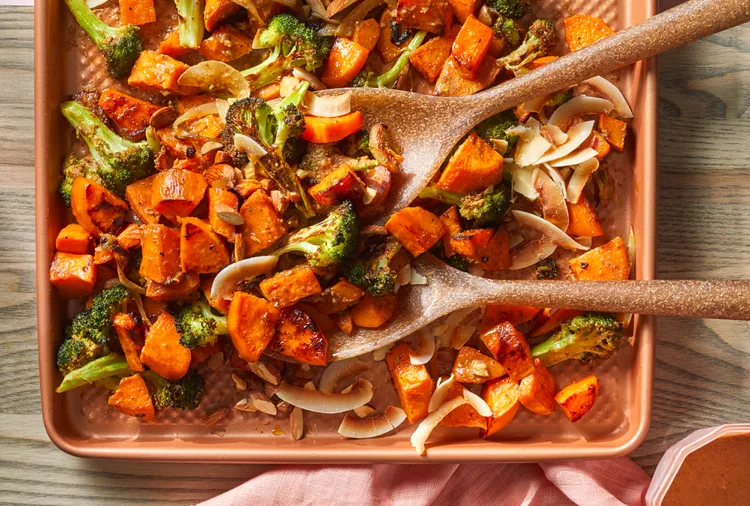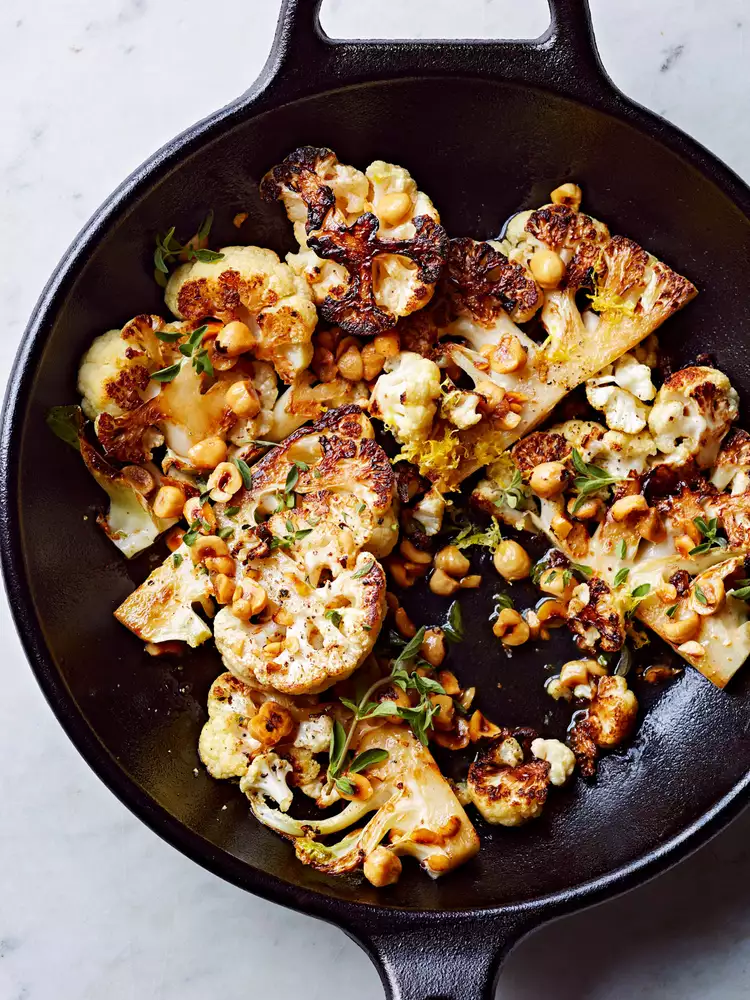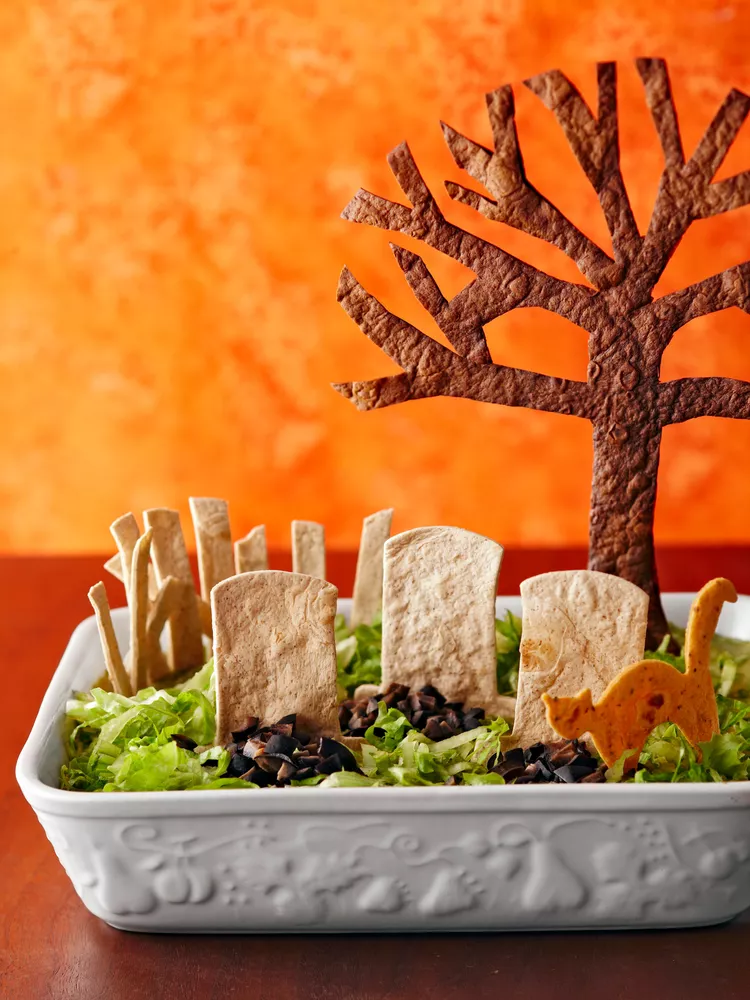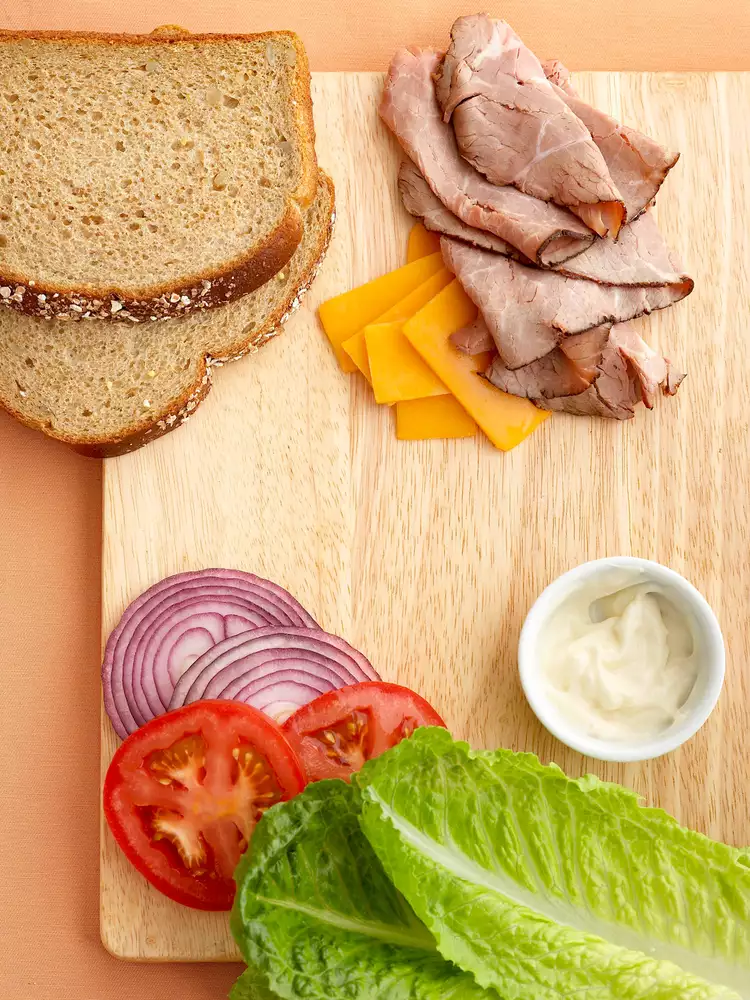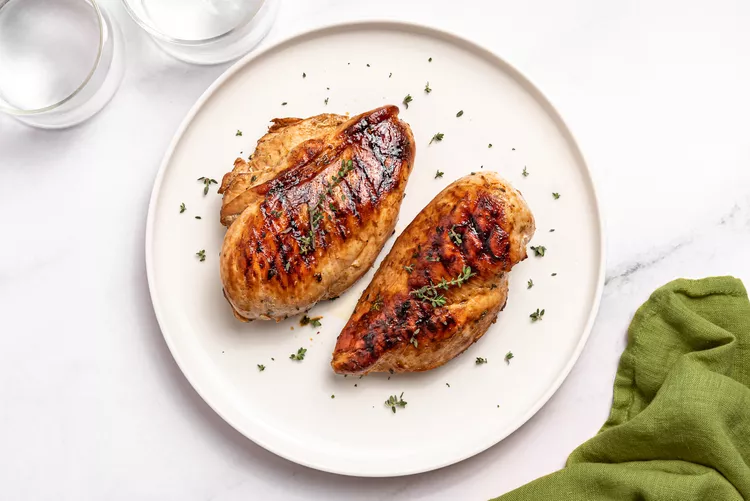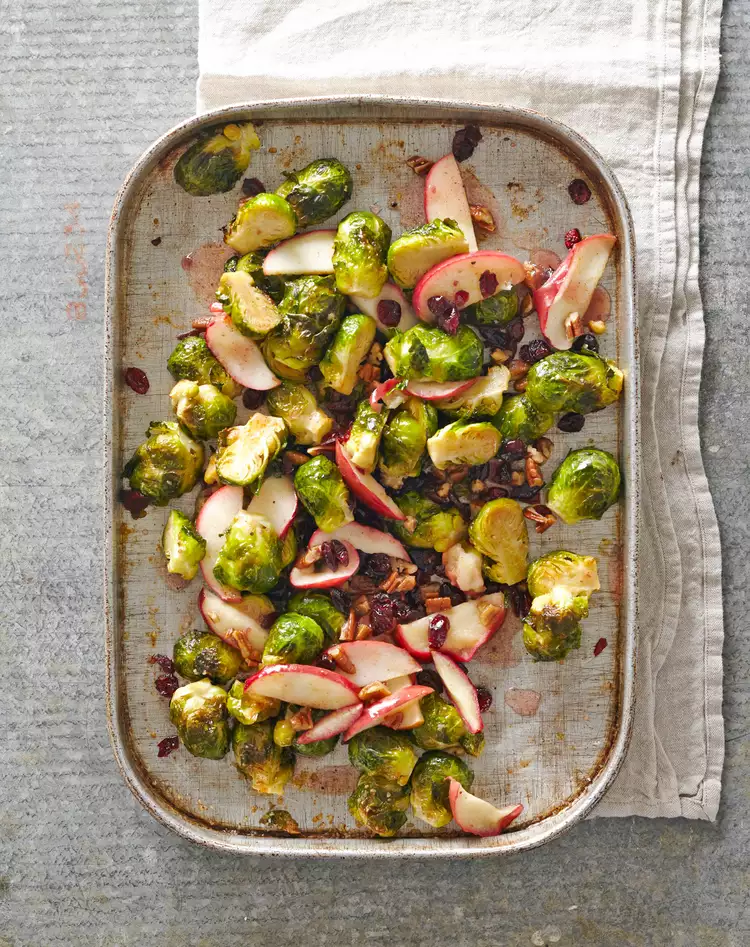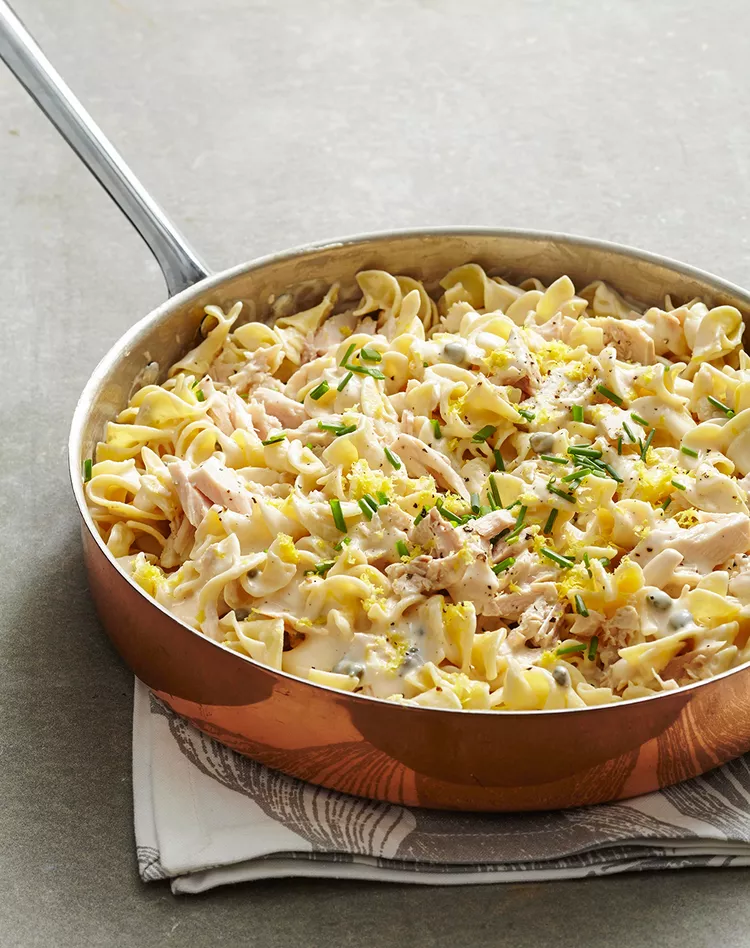Peanut butter is part of the starting lineup of the pantry staple essentials in our Test Kitchen and nearly every BHG editor’s home.
Although we fell in love with it as kiddos as part of PB&Js (sans-crust at the time, of course), we’ve grown to adore featuring peanut butter in both sweet and savory dishes. A spoonful is all it takes to transform a bowl of morning oats or quinoa from boring to day-brightening. We also rely on it often to star in cookies, Reese’s copycat cups, cozy peanut stews, and beyond.
It’s clear we’re not alone in our adoration of all things peanut butter: About 94% of all American homes have at least one jar of peanut butter on-hand, according to the National Peanut Board.
A jar of peanut butter—or an allergen-free alternative—is almost a ubiquitous part of American life. But unless you know how to store peanut butter wisely, you might be causing it to spoil faster. (Yes, peanut butter can go bad!)
- Erin Alderson, the Sacramento, California-based creator of and recipe developer for Naturally Ella and author of upcoming cookbook The Yearlong Pantry
- Meggan Hill, the Valencia, California-based executive chef and CEO of Culinary Hill
How to Store Peanut Butter
“The enemies of most pantry foods are light, oxygen, heat, and moisture, and peanut butter is no different,” explains Erin Alderson, the Sacramento, California-based creator of and recipe developer for Naturally Ella and author of upcoming cookbook The Yearlong Pantry. “The oils that make peanut butter so creamy and delicious are also what change to make it taste ‘off’ over time,” so keeping those as fresh as possible is the goal as you master how to store peanut butter.
The ideal method for how to store peanut butter varies based on the type.
- Conventional: Including brands like Skippy, Jif, and their generic counterparts, a peanut butter is deemed “conventional” if it includes anything beyond peanuts and salt, according to the National Peanut Board. Often, a little sweetener, oil, and/or preservatives are added to boost flavor and to increase shelf life.
- Natural: This category includes any peanut butter, including freshly-ground, that’s made with just peanuts or peanuts and salt.
Conventional Peanut Butter
The heart-healthy oils in nut butter are great for humans, but pose a challenge for long-term storage since these unsaturated fats tend to break down more quickly, Alderson explains: “The higher the amount of unsaturated fat in a food, the greater the risk of rancidity. This is why conventional peanut butter often uses hydrogenated oils like palm. These oils are higher in saturated fats, which are more shelf-stable.”
Store unopened and opened conventional peanut butter with the lid securely twisted on in a cool, dry place like your pantry or a kitchen cupboard away from heat and light sources, suggests Meggan Hill, the Valencia, California-based executive chef and CEO of Culinary Hill.
“The preservatives and shelf-stabilizers in conventional peanut butter mean that it can be safely stored after opening for 2 to 3 months,” Hill says.
To extend the shelf life of open conventional peanut butter, store it in the refrigerator for 6 to 9 months, Alderson and Hill agree. That being said, “it’s formulated to be shelf stable for a long period of time, so a refrigerator is rarely needed,” Alderson adds, unless you rarely, if ever, eat or bake with your nut butter.
Natural Peanut Butter
As for natural peanut butter, which has fewer additives, “the potential for faster rancidity is real because natural and freshly ground peanut butter only relies on natural peanut oil,” Alderson says, rather than palm oil or other more saturated oils that support shelf-stability.
All-natural peanut butters can go rancid within weeks at room temp, Hill says, so store unopened natural peanut butter in the refrigerator (at 42° F or lower) for up to 6 months. Once open, keep natural peanut butter with its lid securely twisted on in the refrigerator for 1 to 2 months. Some brands might last longer, so check the label for specific instructions.
“Since all-natural peanut butters often have oil separation, it's great to stir them after opening and before refrigerating. The refrigeration should help prevent natural peanut butter from separating again,” Hill says.
What About Other Nut and Seed Butters?
These guidelines apply to all nut and seed butters, our experts confirm.
“Products made with shelf-stabilizers [this includes Nutella] are fine in the pantry for 2 to 3 months after opening, while all-natural versions should be stored in the refrigerator so they don't go rancid,” Hill says.
How Long Does Peanut Butter Last?
The USDA confirms that conventional peanut butter can be stored in a cool, dry place like your pantry for 6 to 9 months (unopened) or 2 to 3 months (after opening). If you refrigerate conventional peanut butter after opening, it should be safe for 6 to 9 months.
All-natural peanut butter can be refrigerated for up to 6 months unopened. After the seal has been broken, it’s best enjoyed within 1 to 2 months after opening, with refrigerator storage, unless the label states otherwise.
Can You Freeze Peanut Butter?
Here’s some welcome news for those who love to buy in bulk: “Any peanut butter can be frozen for up to a year,” Hill says.
Store your natural or conventional peanut butter in its plastic jar or transfer it to an airtight container. Use a marker to label with the date, then thaw overnight at room temperature or in the refrigerator.
Can Peanut Butter Go Bad?
It sure can, and this all boils down to the oil. Once it goes rancid, your spread will be noticeably "off."
“You can tell peanut butter has spoiled by both its appearance and odor,” Hill says.
The following are signs that your peanut butter is stale or spoiled:
- Darker color
- Very dry texture
- Mold growth
- Rancid or musty smell
- Bitter, metallic , or soapy taste
Both Alderson and Hill admit that they have no trouble making it through their jars of peanut butter in plenty of time before it goes bad, though, since they reach for it almost daily. Hill likes to start her day with a Peanut Butter Smoothie, is sweet on a snack of apple slices with peanut butter, and swears by a grilled peanut butter and strawberry jelly sandwich for lunch. As for Alderson, she keeps her jar handy for Peanut Sauce (to drizzle over noodle bowls, roasted sweet potatoes, and beyond) and Peanut Butter Buckeye Balls with Popped Quinoa.
